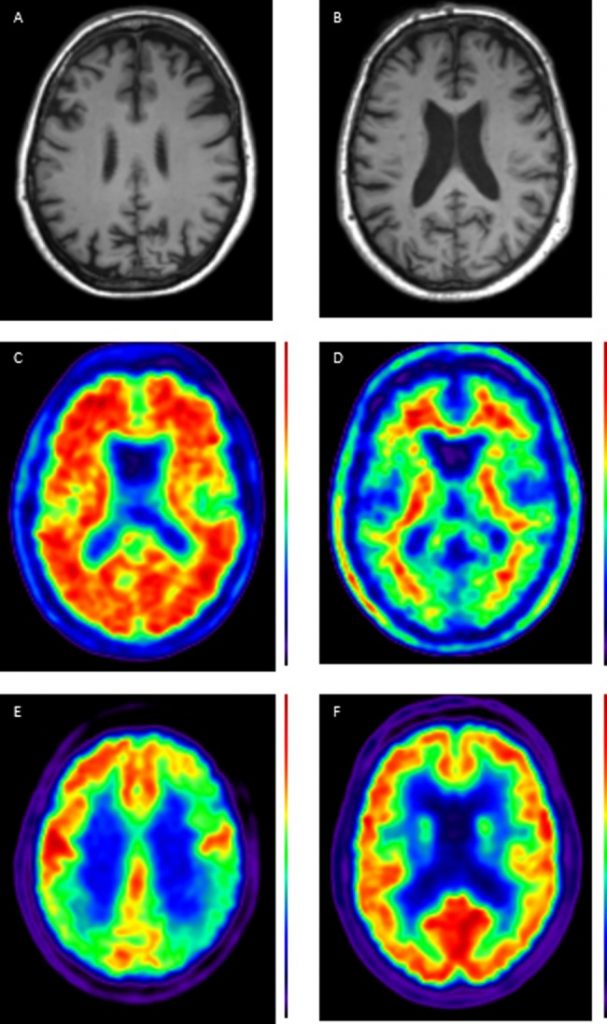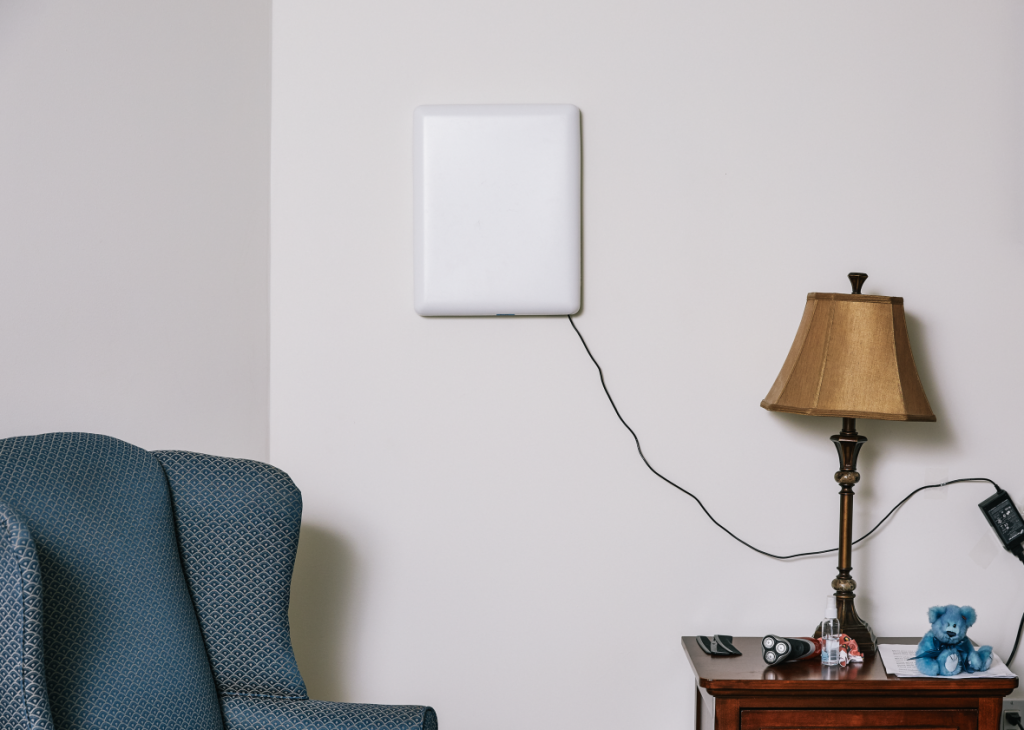Advancing Technology for the Diagnosis of Dementia
Our brains hold our memories – allowing us to know what we know. However if they fail, people can lose the very details of their lives and the ability to perform the most basic of tasks. Can imaging technology offer a solution?
Alzheimer’s and other forms of dementia bring fear, frustration, and anger – for both the person who has forgotten and the person who has been forgotten. Although dementia is not a forgone conclusion of ageing for everyone, it is unfortunately a condition commonly experienced as people get older. According to the American Speech-Language-Hearing Association, the risk of developing Alzheimer’s doubles every 5 years beginning at the age of 65. By the age of 85, 25% to 50% of people will exhibit signs of Alzheimer’s. As the world’s population continues to expand at an unprecedented rate , the percentage of the global population being 65 and over is set to jump to 17% by 2050. This means that a significant portion of the population across the globe will be directly impacted by this progressively debilitating condition. Therefore, it is critical to explore and utilize innovative technology to help detect and treat dementia at the earliest stage possible.
What is Dementia?
A common misconception is that Alzheimer’s and dementia are the same thing. Dementia itself is not a disease, but a group of diseases including Alzheimer’s, Creutzfeldt-Jakob disease, Parkinson’s disease, and Huntington’s disease; with Alzheimer’s making up 60-80% of cases. Dementia is a general term for a decline in cognitive ability to an extent that it interferes with a person’s daily life. Various symptoms such as impaired memory, impaired communication, poor reasoning and judgement, and loss of the ability to focus are exhibited.
Methods of diagnosis
There is no single test to diagnose dementia. Since dementia encompasses a number of diseases, each type requires different methods to accurately diagnose a patient. The diagnosis could involve a mixture of behavioral, speech, and brain composition analysis. Unfortunately, for many cases, the type of dementia a person may have will not be confirmed until the brain is examined after death. Additionally, misdiagnosis of dementia can lead to a waste of time and money, and further endangers the health of a patient due to improper treatment. To combat this, doctors require tools which will enable early identification of dementia and its onset in order to provide the correct treatment before it progresses.
Imaging is a powerful non-invasive medical tool – it allows doctors to observe and analyze vital organs inside living human beings without surgery. Magnetic resonance imaging (MRI) machines and computed tomography (CT) scans provide doctors with images of the brain which allows them to track vascular damage and any shrinkage in brain structure. Positron emission tomography (PET) scans are able to measure biomarkers such as levels of fludeoxyglucose and amyloid proteins within the brain. High fludeoxyglucose levels mean that the brain is unable to perform glycolysis (the breakdown of glucose), a process that plays a key role in memory. People with Alzheimer’s, Lewy body disease, and frontotemporal dementia have been found to have high levels of beta-amyloid – an abnormal protein that is the result of misfolding. This misfolded protein results in amyloid deposits, also known as amyloid plaque, which induces synaptic dysfunction, disruption in neural connectivity, and damage to specific brain regions. Those with Alzheimer’s are also found to have high levels of Tau, a protein that is associated with the stabilization of microtubules in neurons.
Researchers have come up with innovative solutions that utilize machine vision and artificial intelligence (AI) to detect and analyze biomarkers from images, patterns in behavior, and speech that indicate symptoms of dementia. Combining both human and machine assessment holds great potential to help increase the chances of early detection.

Neuroimaging
An AI algorithm has been developed at the University of Bari in Italy to distinguish scans between a healthy brain and a deteriorating one by analyzing changes in structure and neuronal connectivity. The algorithm was fed 148 MRI scans – 52 were from healthy subjects, 48 had Alzheimer’s, and another 48 had mild cognitive impairment (MCI) which has a chance to develop into Alzheimer’s after 2.5 to 9 years. The researchers analyzed the MRI scans and found that the algorithm was able to discern between a healthy brain and a brain with Alzheimer’s at a rate of 86% accuracy, and MCI with 84%. These results are comparable to a general practitioner’s correctness of 76-85%.
Another AI algorithm has been developed at McGill University in Canada that uses amyloid biomarkers from PET scans to detect whether MCI will later develop into Alzheimer’s. Since the accumulation of amyloid begins prior to the onset of dementia symptoms, it puts patients in a better position to prepare and manage the illness if diagnosed. The algorithm was fed with 273 PET scans from MCI patients and was trained to predict which patient would develop dementia with 84.25% accuracy.
Behavioral Analysis
The latest technology for behavioral analysis includes mounting an AI-powered sensor to the wall of assisted living homes. The device is a white flat box that records a person’s movement within their room.

As the box senses more and more movement, it is able to learn behavioral patterns over time. It is able to pinpoint deviations from behavioral patterns that may signify agitation, depression, and sleeping disturbances which could be early symptoms of dementia. Studies have shown that 50-80 percent of prevalent dementia cases are not formally diagnosed, even in high-income countries. Less intrusive than a video camera, this white box may help to solve this problem – it records movement that only the AI translates and can be implemented in various environments like institutions and homes.
Speech Analysis
Speech impairment is another symptom of dementia. Machine learning algorithms have been developed to detect markers in a person’s speech. A Canadian start-up company called WinterLight Labs has developed a software that analyzes audio recordings of a person describing a familiar photograph. The person’s speech is analyzed using 475 variables of words. Indicators such as pauses, preference of using pronouns over names, and word-repetition are used to detect signs of memory loss or speech impairment. The algorithm is able to detect speech impairment with at least 82% accuracy.

Going Beyond Diagnosis
It is clear that advances in technology are disrupting industries, including healthcare. It is changing professions and the way we gather information. By equipping doctors with better decision-making tools, such as AI and high-performance imaging, there is real possibility to identify and take preventative measures as never before. Earlier diagnosis will allow individuals and families more time to prepare; whether it be emotionally, getting professional care, or changing aspects of their everyday lives.



